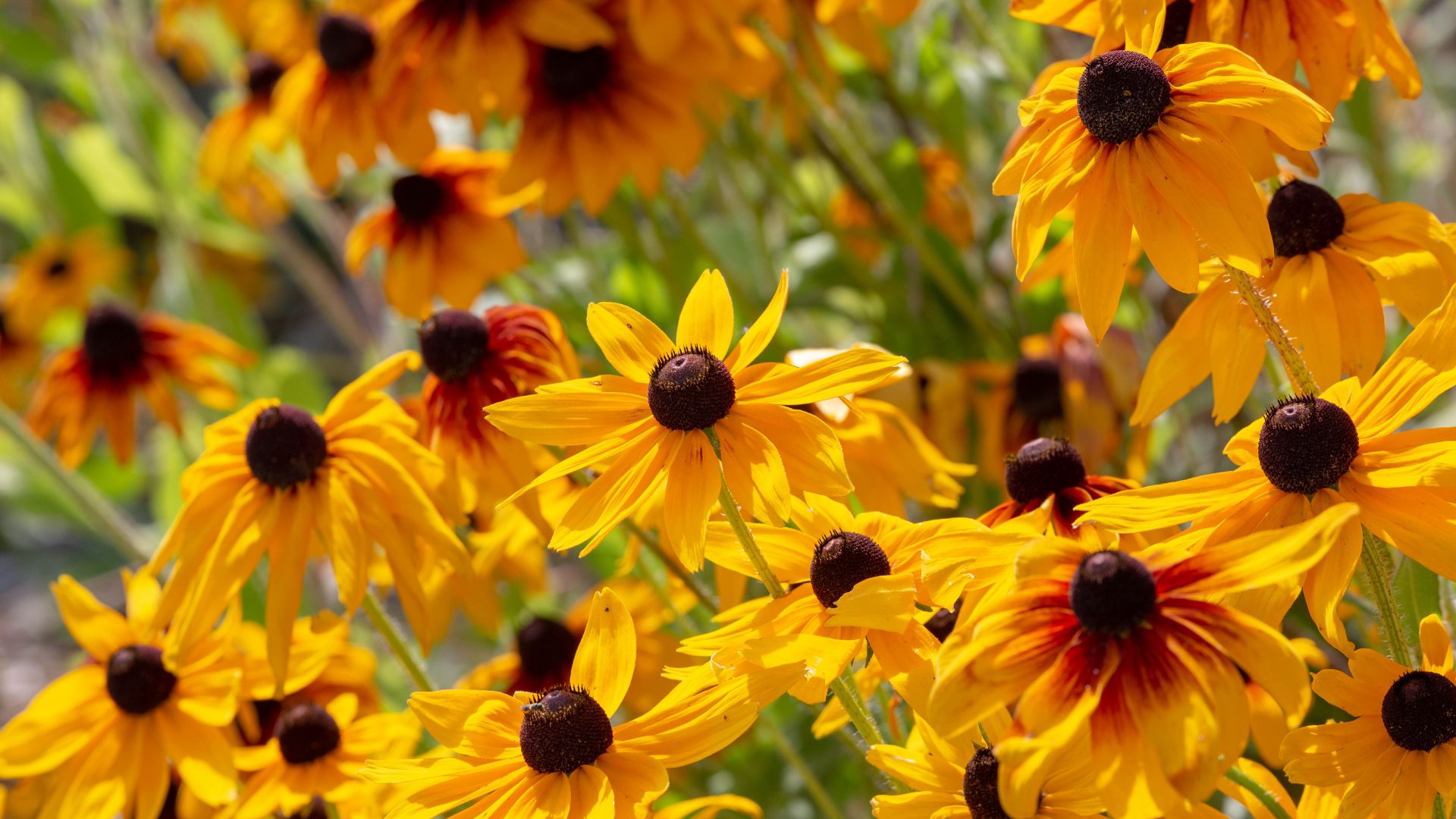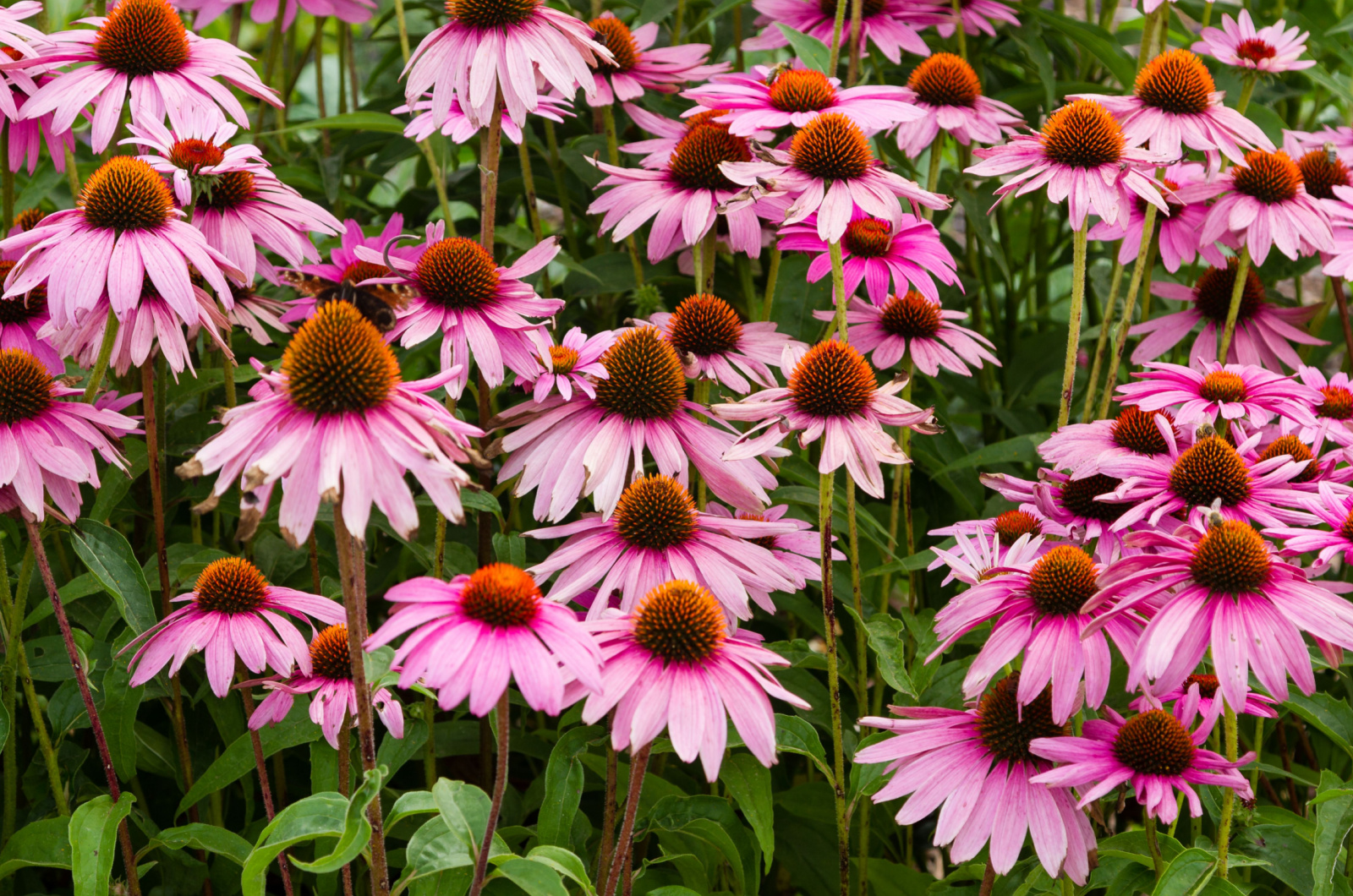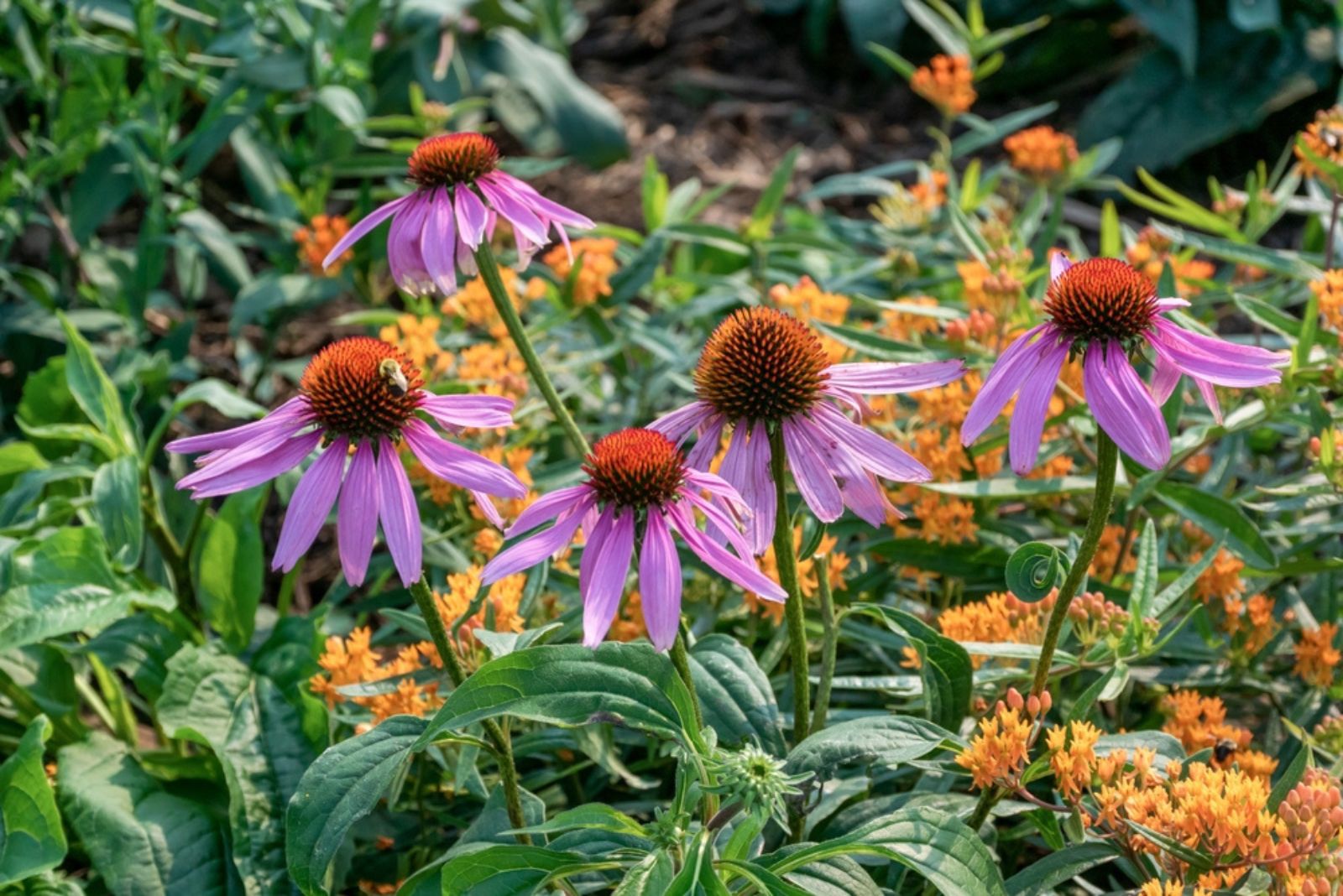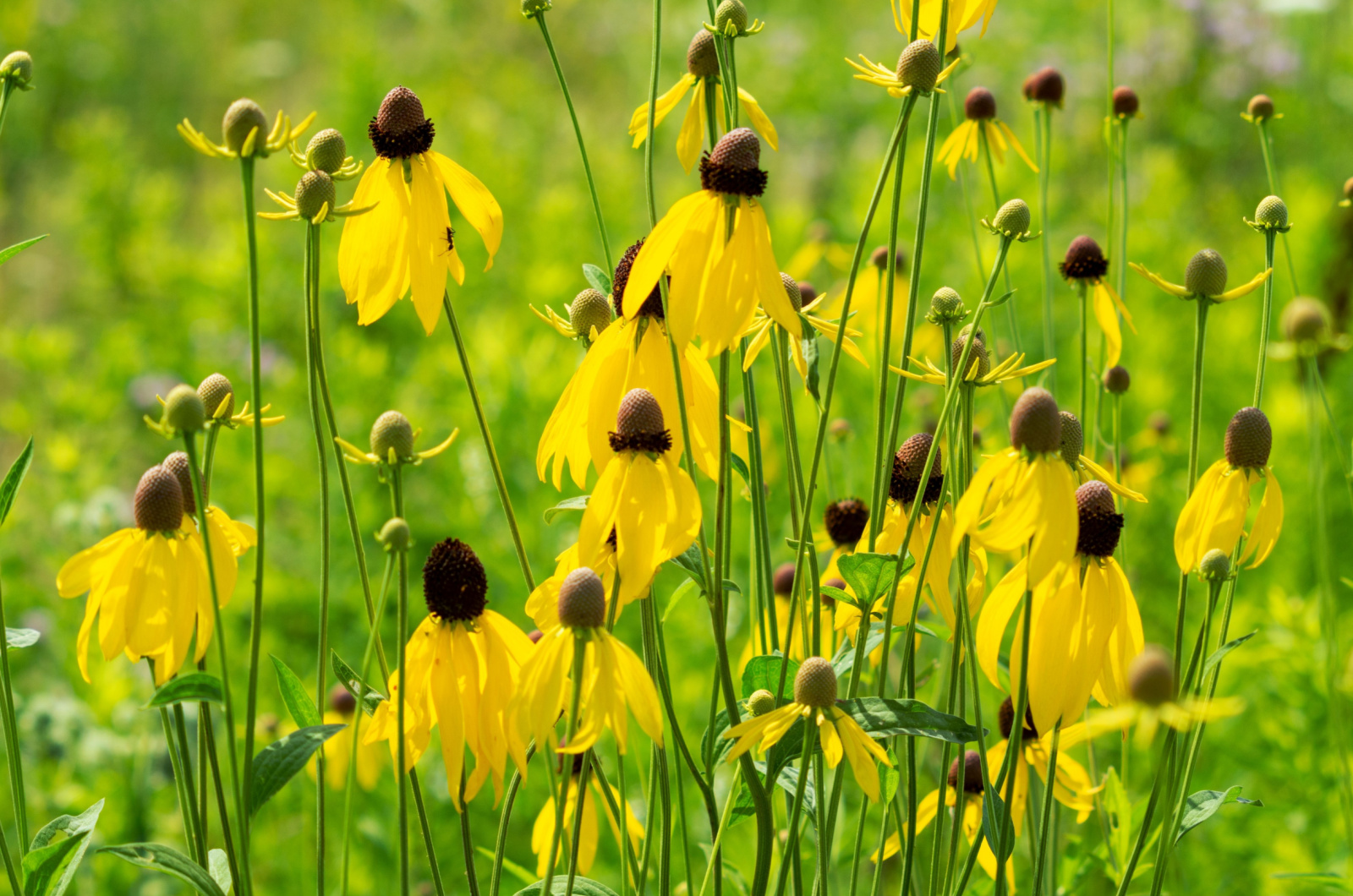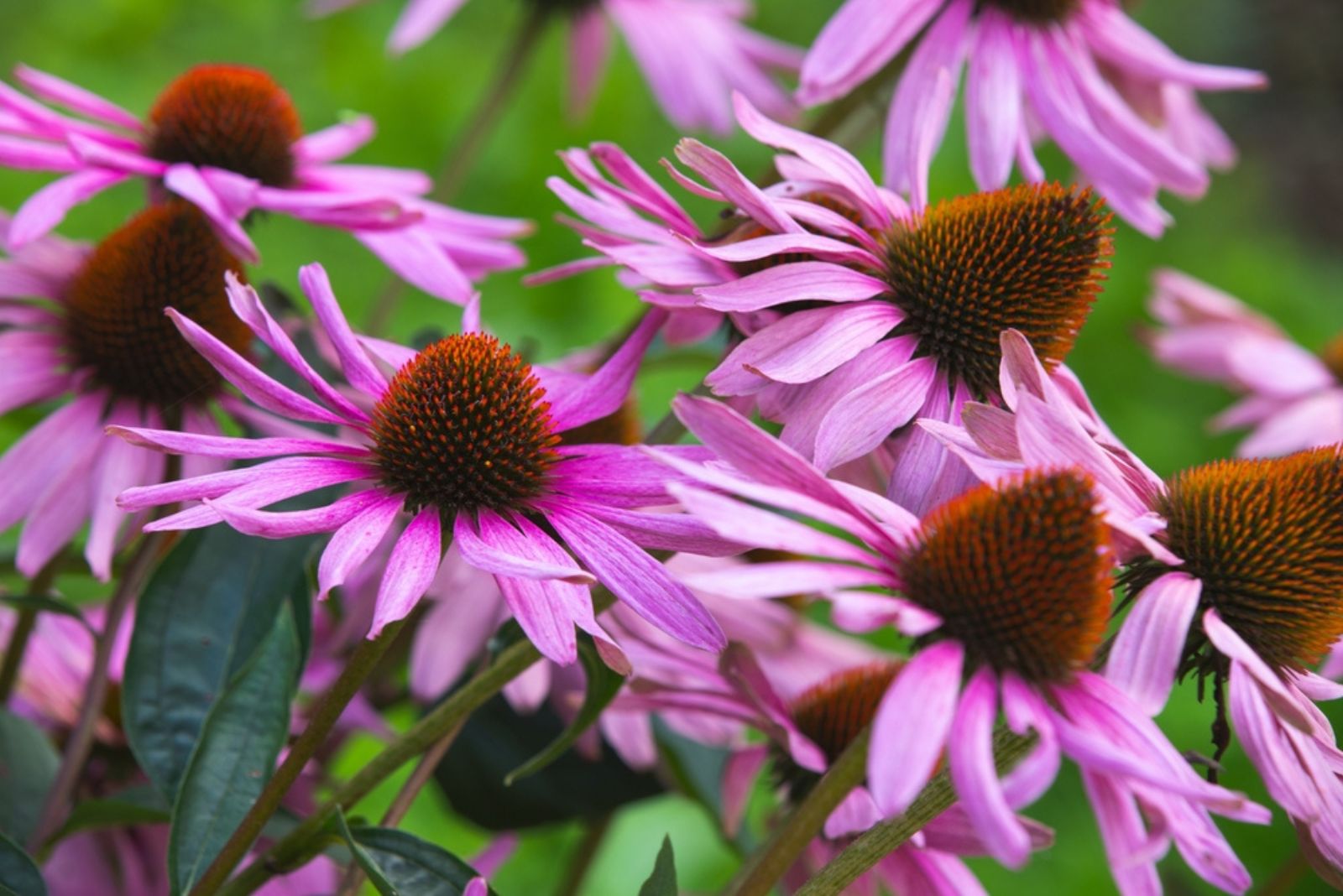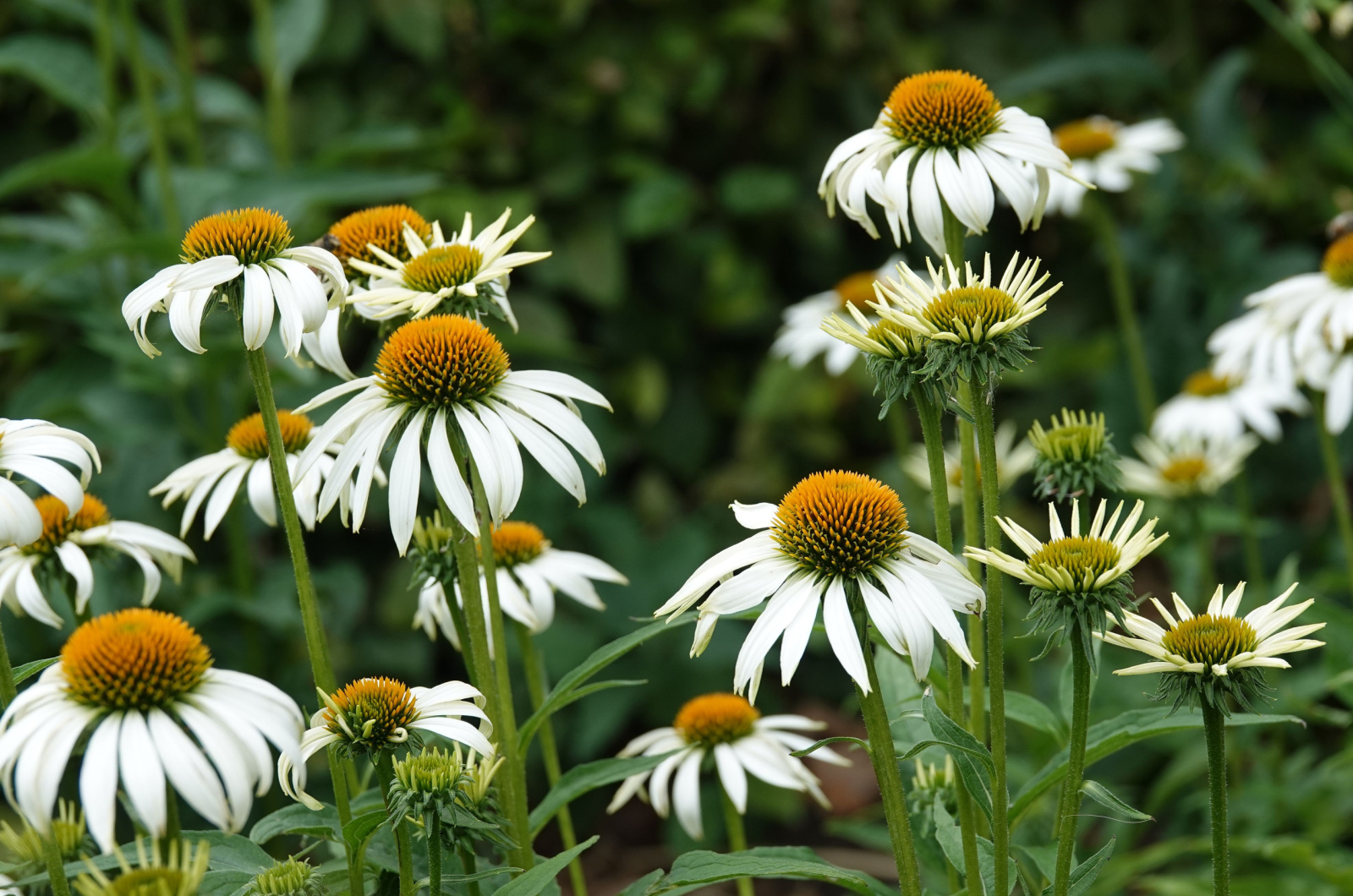Captivating coneflowers adorn gardens worldwide and it seems that pollinators love them as much as we do.
Everyone would want these flowering plants to come back season after season but that’s sometimes not the case, so we wonder if we got the wrong variety.
Don’t worry, I’ll tell you more about this and show you how to make perennial coneflowers come back every year!
Let’s get started!
Coneflowers: Annuals Or Perennials?
One of the common questions I get regarding coneflowers in my garden is if they’re annuals or perennials. Well, generally speaking, echinaceas or coneflowers are considered perennials and they are hardy in USDA zones 3 through 9.
So, where’s the problem then? There are cases when coneflowers die back in winter and the main reason it happens is because you selected such a variety.
Some species, such as Echinacea purpurea aka purple coneflower, will survive winter and display new growth as soon as the spring approaches.
On the other hand, some flashier hybrids can’t last more than a year, no matter which conditions you ensure.
Interestingly, there are some species that are somewhere in the middle; they may come back the next season if you provide them with basic requirements. The best example is the hybrid species of Echinacea paradoxa.
Its newly generated shoots typically suffer from poor growth and their crown becomes sensitive to infections, weather conditions, and the wrong soil type. But, if you provide these plants with the right conditions, they’ll reward you with their splendid blossoms the next season.
So the final answer to the question of whether these plants are annuals or perennials, is that it depends on the variety.
You’ll be happy to hear that plant breeders successfully created hybrids now classified as perennial coneflowers. One of the hybrids is the colorful Echinacea Kismet Intense Orange, and it’s nearly indestructible.
Research well before you purchase a coneflower hybrid or you may be disappointed.
When And How Long Do These Plants Bloom?
These are one of the longest blooming perennials out there and they’ll keep generating blossoms from May to September.
Believe it or not, a three year old coneflower plant may produce up to 150 blossoms during one season.
But, you’ll need to meet the care requirements if you want to see the spectacular display of colors.
Let’s see which conditions to ensure for your coneflowers to thrive!
The Perfect Conditions For Perennial Coneflowers
These are sun-loving plants and they’ll thrive only if they receive at least 6 hours of direct sunlight daily.
As you may know, coneflowers are drought-tolerant plants but remember that they can’t live without water. This mainly refers to young coneflowers; once they’re established they won’t need more than an inch of water weekly.
These plants can’t survive in waterlogged soils, so you must pay close attention to soil drainage.
To keep your coneflowers moist and protect them from waterlogging, all you need to do is plant them in free-draining soil types enriched with compost.
Clay soils are too compact and retain too much moisture whereas sandy soils don’t retain water at all, so both could lead to issues.
Coneflowers have low fertilizing needs and they’ll flourish if fed with a slow-release balanced fertilizer in the spring; I recommend using triple 16 fertilizer formula.
You also need to ensure good airflow between each coneflower plant; spacing of 12-18 inches should suffice.
Do Coneflowers Have A Spreading Growth Habit?
These plants are a frequent choice for borders. Some coneflower species may self-sow; once the seed pods fall from the plant, the seeds will come out and birds will disperse them.
The second reason why these plants are perfect for borders is that some hybrids send shoots while their crown is expanding.
Is Deadheading Necessary?
Most people deadhead flowers all wrong and employ this technique when it definitely isn’t necessary. This is the case with coneflowers. There’s no need to deadhead and the plants will still generate new blossoms from May to September.
Of course, you can pick some blossoms for your flower arrangements, but leave some for pollinators and birds; they’ll appreciate it!
There’s one exception here! An odd yet commonly used hack to promote blooming in coneflowers is to snip off the first buds. It will encourage reblooming and the plant will develop into a bushier shape.
This method works perfectly for smaller plants you buy in nurseries.
How To Divide And Transplant Coneflowers
If you don’t have a self-seeding echinacea variety, you can always use the division method. This type of propagation is straightforward and has a high success rate.
Start dividing in spring, just after the first leaves emerge. Always use a clean and sharp spade and divide the crown so that each portion has one set of leaves.
Your coneflowers should be approximately 3-4 years old for the division method to succeed. Another benefit of this method is that it will increase the vigor of older clumps.
Cutting Back Coneflowers In Winter: Yes Or No?
Coneflowers are perfect perennials for fall gardens but what to do when winter approaches? Great news; you don’t need to do anything. Interestingly, these flowers do even better the next season if left alone during winter.
As an added bonus, your winter garden will have a breathtaking display; the dark seed cones of coneflowers fit perfectly into every garden design.
Additionally, these plants will attract cardinals, goldfinches, and other birds.
If you live in regions with mild and wet winters, you can leave the stems up to protect the plants from rotting in waterlogged soils and they’ll definitely come back the next season!
By planting coneflowers in your garden, you’ll enhance its appearance and ensure food for pollinators. Follow our guidelines and enjoy the coneflowers year after year!

